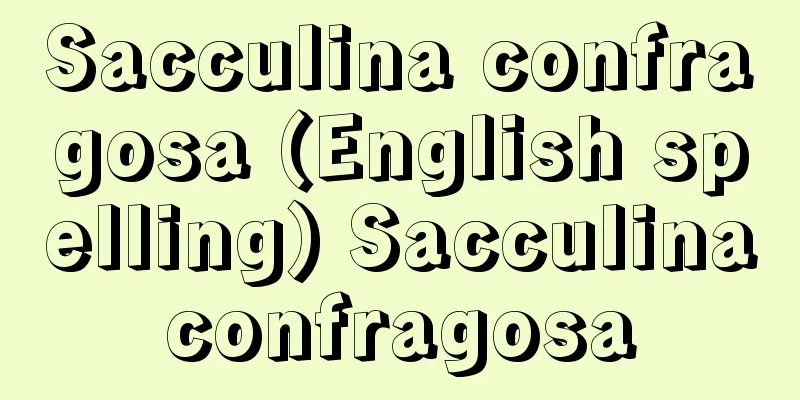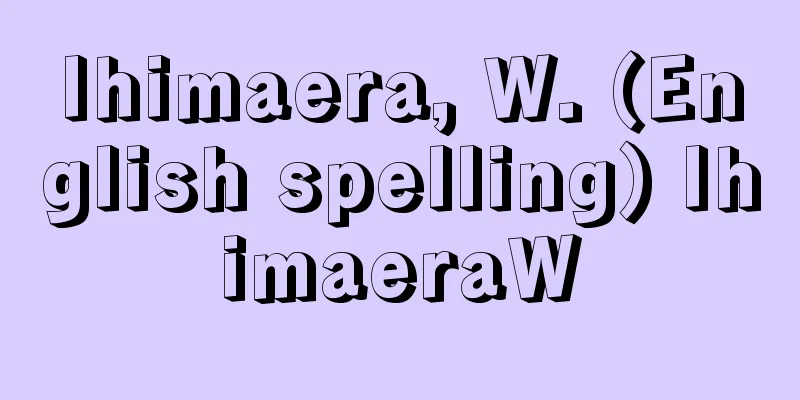Group photo - Kumishashin

|
A form of photographic expression consisting of two or more photographs with the intention of expressing a single subject. This form was established with the development of graphic journalism, as typified by Life magazine, and by arranging multiple photographs in sequence, it goes one step further than simply showing photographs, aiming to create photographs that make you read. Today, this form has permeated not only graphic journalism but also photographic expression in general, and it has been used to more reliably convey expression. Based on the purpose of the composition, a series of photographs can be broadly divided into two types. The first type is called a sequence of photographs, which are photographs that, in principle, arrange phenomena that occur within a certain period of time in a chronological order. Sports fragmentation photography is a typical example, and is also often used in wildlife photography. In both cases, the emphasis is on conveying objective facts. The second type is called a series of photographs in the narrow sense, which uses individual photographs as material to express a series of story-like contents. In this case, while the material is objective, as in photo documentaries, the expression of the subjective opinion of the photographer is often emphasized. There are also series of photographs that are composed without a specific story setting, which is mainly intended to add depth to a lyrical expression. A series of photographs serialized in magazines can also be considered a type of series of photographs. [Osamu Hiraki] Source: Shogakukan Encyclopedia Nipponica About Encyclopedia Nipponica Information | Legend |
|
一まとまりの内容を表現する意図をもって、2点以上の写真で構成される写真表現の形式。『ライフ』に代表されるグラフ・ジャーナリズムの発達とともに確立された形式で、複数の写真を順次配列することにより、単に見せる写真から一歩踏み出して、読ませる写真を志向したものである。この形式は、今日ではグラフ・ジャーナリズムのみならず、広く写真表現一般に浸透し、表現のより確かな伝達が図られている。 組写真は組まれる意図により次の二つに大別することができる。まず第一は連続写真と称されているもので、ある時間内に生起した現象を、原則として時間の流れに従って配列したものである。スポーツの分解写真がその典型的な例で、野生動物の生態写真などにもしばしば用いられる。いずれも客観的事実の伝達が重視される。第二は狭義に組写真とよばれている形式で、一点一点の写真を材料として一連のストーリー風な内容を表現しようというものである。この場合はフォト・ドキュメントのように客観的な素材によりながらも、制作者の主観的な意見の表明が重視されるケースが多い。また、特定のストーリー設定なしに組まれる組写真もあり、その場合はおもに叙情的な表現に深みを与えるためである。なお、雑誌などに連載される連作写真も一種の組写真と考えることができる。 [平木 収] 出典 小学館 日本大百科全書(ニッポニカ)日本大百科全書(ニッポニカ)について 情報 | 凡例 |
Recommend
New Ethnography
…They share a common position in that they try to...
'Abd al‐Rahman
?-1246 A Muslim merchant who came east during the ...
Brachiopods - Wansokurui
A group of animals that make up the class Brachio...
Powerful system
A historical concept referring to the state syste...
AAA - AAA
American Arbitration Association. A private organi...
Boletellus emodensis (English spelling)
...This family includes the genera Boletellus , P...
Joruriji Temple
This is a Shingon Buddhist temple located in Kamo...
Cognition - Ninchi (English spelling) cognition
Cognition is a word used to refer to the mental ac...
Kobanoshikaguma - Kobanoshikaguma
A perennial fern of the Acanthaceae family that is...
Haruo Sato - Haruo Sato
Poet, novelist, and critic. Born on April 9, 1892...
Mando-e
A Buddhist ceremony in which 10,000 lanterns or a...
Tooth, HH (English spelling) ToothHH
…It is a chronic progressive muscular atrophy rep...
Fine Gael
...Local government is administered by 27 county ...
Gastric mucosa mucin
… [Topical antacids] These compounds are difficul...
White Boar Warehouse - Shirai no Miyake
A Tonkura established in Kibi Province. According ...









